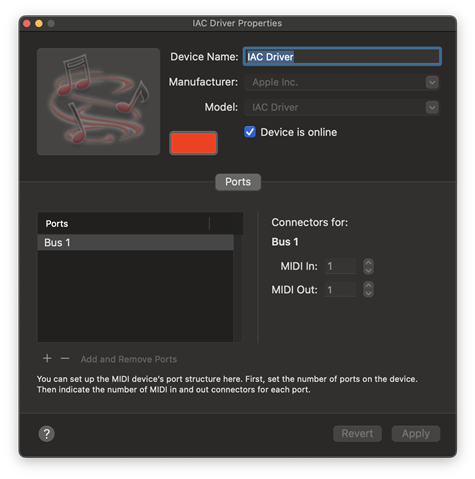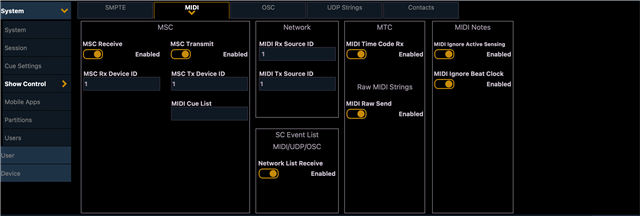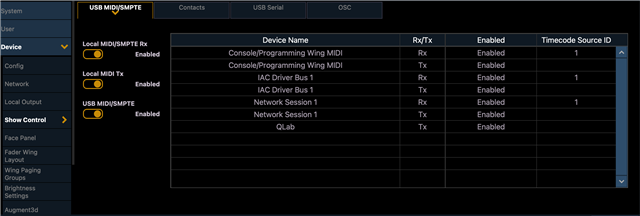After doing some digging, turns out that EOS supports any usb midi device providing it uses the built in windows drivers, which 99% of them do, my goal was to send MTC Timecode between a laptop rubbing reaper, and another device running ETCNomad, I also later tried this on an Ion XE.
First step was to buy two USB to MIDI adapters and couple them together using some female to female adapters, I did manage to receive Timecode on the Ion XE however it was very tempormental as when I stopped the playback on reaper, the adapters IN indicator refused to light up, and the console wouldn’t receive Timecode unless I reached behind the desk and unplugged the adapter and plugged it back in.
So that was attempt one, but after doing some more digging I came across this company called DOREMIDI which make tons of usb midi devices like splitters and stuff. They also happened to make a MIDI to LTC BOX, and after watching a YouTube video about it, this device has the ability to translate USBMIDI/MIDI/LTC to USBMIDI/MIDI/LTC at the simple push of a button, not only could it take the input from my USB to MIDI adapter, but it could also take LTC which is a lot more ideal for my use case, as it’s much easier to just run LTC out of qlab and run it through my theatres patch bay. This also allowed me to have my laptop plugged into the midi inputs, so when doing notes for Timecoded dance shows, etc I am able to output Timecode locally from reaper at the exact points needed. And it also allows me to playback in stereo audio, which can be crucial for certain tracks.
Now you might be wondering how EOS is compatible with this device over USB, and it’s quite simple. The device when plugged into any computer uses windows standard USB MIDI drivers, meaning EOS recognises the device and can be used to input Timecode.
You can only purchase DOREMIDI’s MIDI to LTC BOX from their website, it cost me 81USD and shipped from china, and arrived in the uk just a week and a few days later. I am certainly not disappointed with my purchase, I have yet to test it on a physical console, but I am 95% confident it will work flawlessly
.
*Quick extra, it also outputs the protocol you are inputting in, I.e if you send LTC into the device it also sends it back out through the LTC out port, Same goes for midi and usb.








